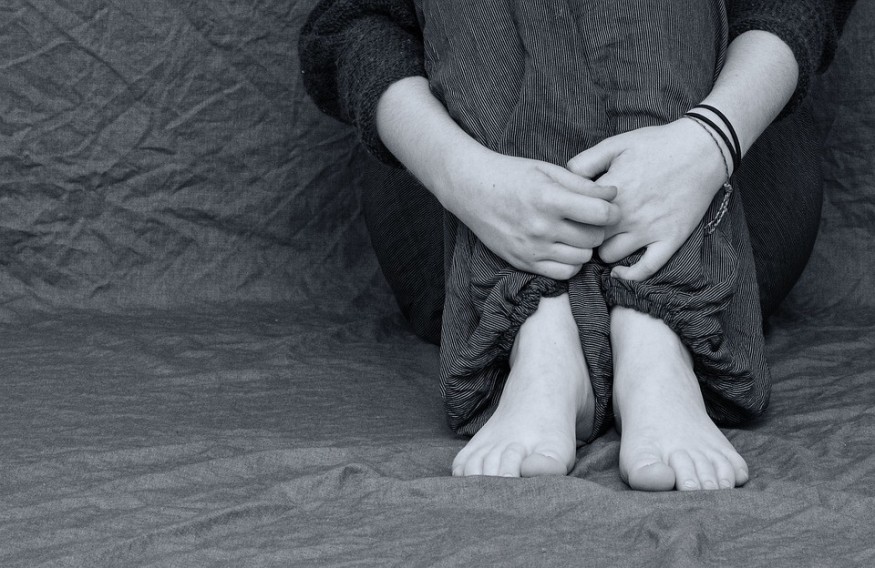
Patients experiencing extreme depression can experience long-haul alleviation through profound mind incitement. This has been found by a study conducted at Emory University. It was uploaded on The American Journal of Psychiatry and it found that Deep Brain Stimulation (DBS) in an area of the cerebrum called the subcallosal cingulate (SCC) gives a stable impact that is supported over a significant period to severely depressed patients who have not reacted to different medicines.
A research team led by Helen S. Mayberg, MD, a professor at the Icahn School of Medicine at Mount Sinai, established the framework for additional examinations to refine DBS for treatment-resistant depression patients.
Mayberg and her team made the first trial of DBS of the subcallosal cingulate white matter, known as Brodmann Area 25, for treatment-resistant depression patients in 2005. It showed that it could have a clinical advantage.
Consequent little, open-label tests delivered excellent outcomes. Despite these empowering open-label analysis, multi-focused, randomized experiments are temporarily paused because of an absence of statistically significant reaction of the participants.
However, Mayberg and her team said the patients who participated in the study were showing signs of improvement and remained better. That made the research team continue what they have started.
Mayberg told The New York Times in a news report that a large portion of their participants had an anti-depressive reaction to the deep brain stimulation of Area 25 and became stable and sustainable.
She added the ability of DBS to provide long-term anti-depressant response and prevention could mean a person moving on from the episode or looking over oneself from the next depressive chapter.
In particular, the investigation reports the long-term information results (four to eight years) to 28 patients who joined up to the open-label clinical tests of SCC DBS for treatment-resistant depression. Reaction and reduction rates were consistent between two- to eight-year subsequent periods.
Seventy-five percent of the participants met the treatment reaction criteria, with 21 percent of total members exhibiting a ceaseless reaction to treatment from the first year onwards.
Of 28 members, 14 finished the eight-year follow-up, 11 completed at least four years, and three dropped out before eight years. The information introduced through this investigation supported the long-term safety and sustained the viability of SCC DBS for the treatment.
All the members met the criteria for either depression or type 2 bipolar disorder and were in a depressive state with at least one-year duration with non-reaction to any anti-depressant medications, psychotherapy, and other available treatments.
Andrea Crowell, MD, the co-author of the study, said the essential quality of DBS in this difficult-to-treat clinical population lies in the long-term impacts of the treatment.
"For people suffering from inescapable depression, the possibility that DBS can lead to significant and sustained improvement in depressive symptoms over several years will be welcome news," Crowell said.
© 2025 NatureWorldNews.com All rights reserved. Do not reproduce without permission.





